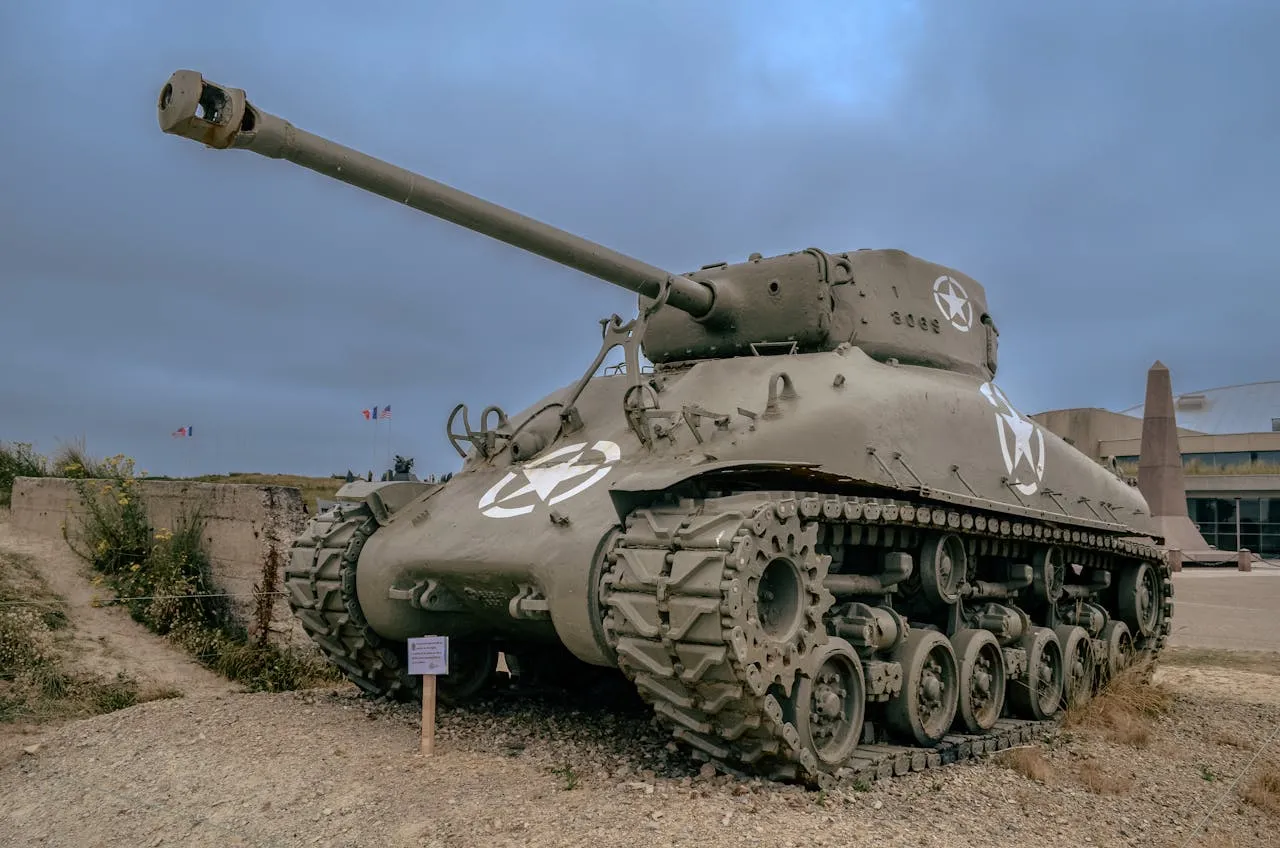
Integrated Air and Missile Defense: Advancing Security in a Complex Battlespace
As the global security environment grows more unpredictable, nations face an increasingly complex battlespace shaped by rapidly advancing threats. Customers around the world demand not only proven technologies but also reliable, adaptable defense solutions that can protect critical assets, save lives, and provide deterrence. Among these, Integrated Air and Missile Defense (IAMD) has emerged as a cornerstone capability, and Lockheed Martin continues to play a leading role in delivering solutions that ensure superiority against evolving challenges.
At the heart of this effort is a commitment to continuous innovation and sustained investment in defense systems. Lockheed Martin’s portfolio includes some of the world’s most trusted and combat-proven technologies, such as the Terminal High Altitude Area Defense (THAAD) system and the Patriot Advanced Capability-3 (PAC-3) family of interceptors. These platforms have repeatedly demonstrated their operational readiness through rigorous testing and real-world engagements, giving customers confidence that they can meet today’s threats head-on while preparing for tomorrow’s.
Protecting Lives and Infrastructure through Integrated Defense
Modern warfare increasingly targets not just military forces but also critical infrastructure such as power grids, communication systems, and civilian population centers. In this environment, integrated defense solutions like PAC-3 and THAAD are indispensable.
Deployed globally, these systems provide protection for forward forces, military installations, and national assets on a daily basis. They are designed to operate as part of a layered defense architecture, working in harmony with sensors, radars, and command-and-control systems. This interconnected structure allows operators to detect, track, and engage incoming threats across multiple domains, ensuring overlapping protection and reducing the risk of gaps in coverage.
By advancing integration across platforms, Lockheed Martin enables armed forces to operate within a joint and coalition environment, strengthening deterrence and building resilience against increasingly sophisticated threats.
Continuous Evolution: Meeting Next-Generation Threats
The defense landscape is dynamic, requiring constant upgrades to ensure superiority. Lockheed Martin has steadily advanced the capabilities of the PAC-3 Missile Segment Enhancement (MSE) interceptor. In June, a flight test at White Sands Missile Range validated new software and seeker upgrades that enhanced PAC-3 MSE’s performance against advanced, maneuverable threats.
Beyond upgrades, integration is a central focus. PAC-3 MSE has successfully demonstrated compatibility with the Integrated Battle Command System (IBCS), the U.S. Army’s next-generation battle management platform. This integration is a critical element of the Army’s broader modernization strategy, ensuring that advanced interceptors can be seamlessly coordinated with other systems to deliver next-level deterrence and protection.
Lockheed Martin has also been leveraging digital engineering and advanced networking technologies to connect platforms more effectively. This approach increases the deterrent value of each system while delivering greater operational flexibility—an approach the company defines as 21st Century Security®.
Proven Performance in Real-World Operations
While technological advancements are essential, real-world performance remains the true measure of effectiveness. In response to a Joint Emergent Operational Need (JEON) identified by the U.S. Army, Lockheed Martin successfully integrated the PAC-3 MSE with the THAAD Weapon System. This milestone, achieved in 2022, demonstrated the ability of these systems to work together, further strengthening layered defense capabilities.
Other advancements such as the THAAD Remote Launcher and Patriot Launch-On-Remote illustrate Lockheed Martin’s commitment to delivering operational flexibility. These innovations allow forces to expand defensive coverage while ensuring rapid response against threats launched from unexpected directions.
The THAAD system, with its 100% flight test intercept rate, flexible deployment options, and rapid reload capabilities, has earned a reputation as one of the most reliable ballistic missile defense solutions available. Likewise, PAC-3’s Hit-to-Kill technology has proven its effectiveness in multiple combat scenarios, further validating its role as a globally in-demand solution.
Delivering Adaptable Solutions for a Complex World
The modern battlespace is evolving at unprecedented speed. Hypersonic missiles, advanced drones, and cyber-enabled threats require a defense architecture that is adaptable, scalable, and integrated. Lockheed Martin’s IAMD solutions are built with this adaptability in mind—whether enhancing existing systems or pioneering entirely new technologies.
Global interest in PAC-3 and THAAD continues to grow as nations seek to strengthen their defense posture against a wide spectrum of threats. The systems’ track records of performance, combined with continuous modernization, provide reassurance to customers navigating an uncertain security environment.
Future-Proofing Defense
As we look toward the future, one certainty remains: threats will continue to evolve, and defense systems must evolve with them. Maintaining peace and security will require ongoing innovation, investment, and partnership.
Lockheed Martin is committed to delivering integrated, layered, and connected IAMD capabilities that keep customers ahead of adversaries. By continually enhancing solutions like THAAD and PAC-3 and ensuring they integrate seamlessly into broader defense architectures, Lockheed Martin ensures that customers maintain the overmatch needed to succeed in today’s—and tomorrow’s—complex battlespace.




